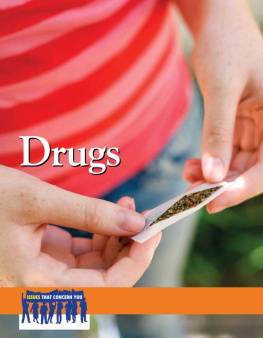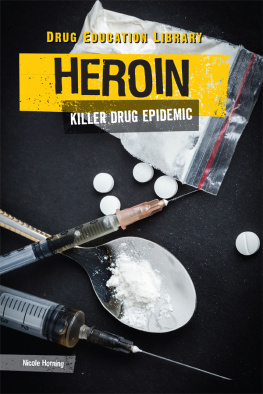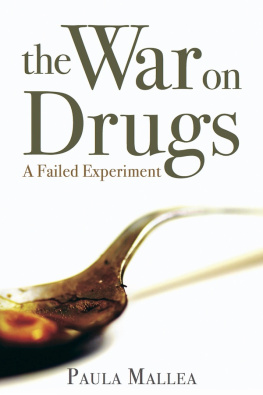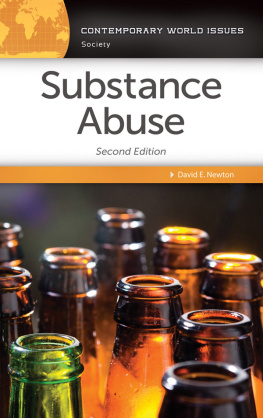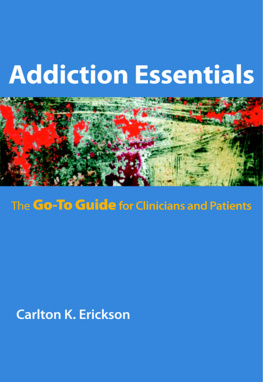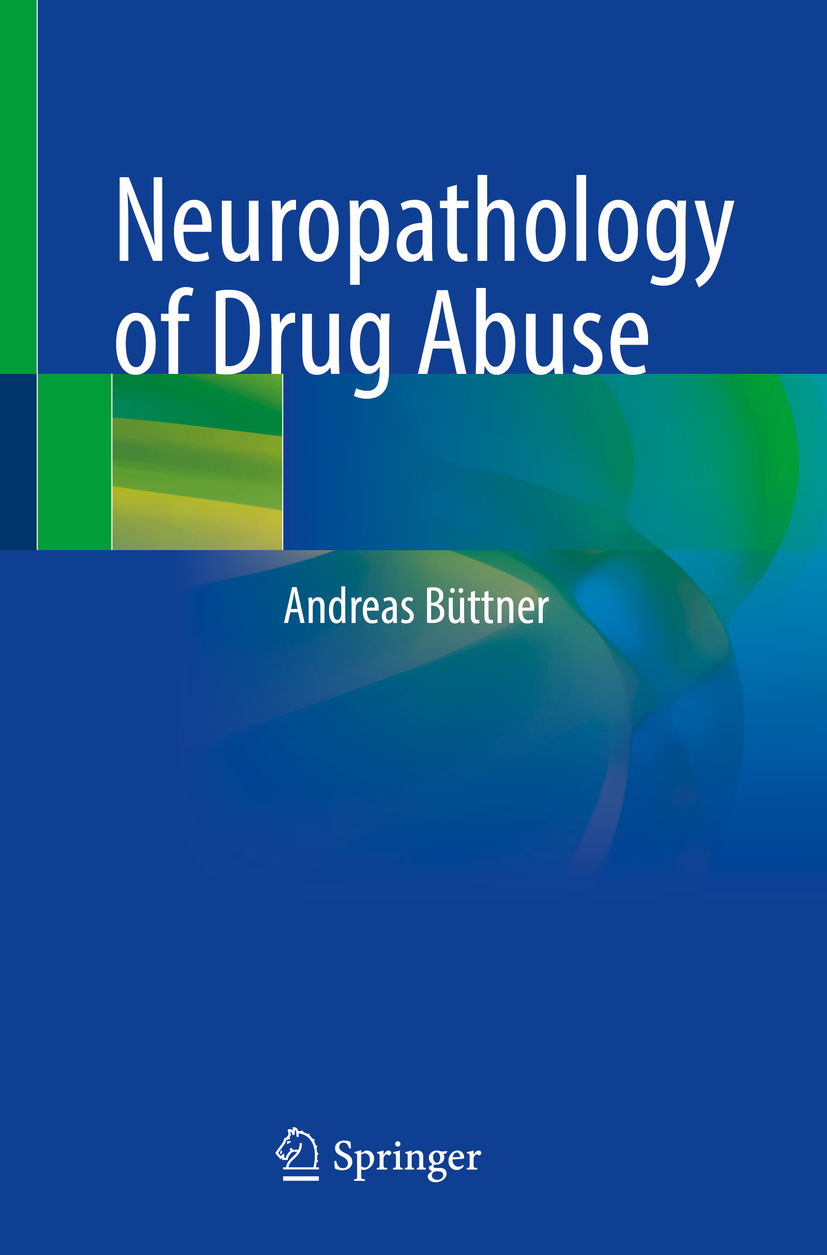Andreas Bttner
Institute of Forensic Medicine, Rostock University Medical Center, Rostock, Germany
ISBN 978-3-030-60530-8 e-ISBN 978-3-030-60531-5
https://doi.org/10.1007/978-3-030-60531-5
Springer Nature Switzerland AG 2021
This work is subject to copyright. All rights are reserved by the Publisher, whether the whole or part of the material is concerned, specifically the rights of translation, reprinting, reuse of illustrations, recitation, broadcasting, reproduction on microfilms or in any other physical way, and transmission or information storage and retrieval, electronic adaptation, computer software, or by similar or dissimilar methodology now known or hereafter developed.
The use of general descriptive names, registered names, trademarks, service marks, etc. in this publication does not imply, even in the absence of a specific statement, that such names are exempt from the relevant protective laws and regulations and therefore free for general use.
The publisher, the authors and the editors are safe to assume that the advice and information in this book are believed to be true and accurate at the date of publication. Neither the publisher nor the authors or the editors give a warranty, expressed or implied, with respect to the material contained herein or for any errors or omissions that may have been made. The publisher remains neutral with regard to jurisdictional claims in published maps and institutional affiliations.
This Springer imprint is published by the registered company Springer Nature Switzerland AG
The registered company address is: Gewerbestrasse 11, 6330 Cham, Switzerland
Abbreviations
5F-ADB
5-Fluoro-ADB
5-HT
5-Hydroxytryptamine
BBB
Bloodbrain barrier
CB receptor
Cannabinoid receptor
CNS
Central nervous system
CT
Computed tomography
DIC
Disseminated intravascular coagulation
DIT
Diffusion tensor imaging
GFAP
Glial fibrillary acidic protein
H&E
Hematoxylin & eosin
iNOS
Inducible nitric oxide synthase
MDA
3,4-Methylenedioxyamphetamine
MDMA
3,4-Methylenedioxymethamphetamine
MDPV
3,4-Methylenedioxypyrovalerone
MRI
Magnetic resonance imaging
MRS
Proton magnetic resonance spectroscopy
NMDA
N-methyl- d -aspartate
nNOS
Neuronal nitric oxide synthase
NO
Nitric oxide
NPS
New psychoactive substances
NURR1
Nuclear receptor related 1 protein
PET
Positron emission tomography
SPECT
Single photon emission computed tomography
TNF
Tumor necrosis factor
VMAT2
Vesicular monoamine transporter 2
9-THC
9-Tetrahydrocannabinol
Contents
Springer Nature Switzerland AG 2021
A. Bttner Neuropathology of Drug Abuse https://doi.org/10.1007/978-3-030-60531-5_1
1. Introduction
Andreas Bttner
(1)
Institute of Forensic Medicine, Rostock University Medical Center, Rostock, Germany
Keywords
Drugs of abuse Neuropathology
Drug abuse represents a significant health and social issue worldwide and is associated with substantial morbidity and mortality (Degenhardt et al. ).
The drugs of abuse consumed as single substance or in combination include predominantly cannabis, opiates, cocaine, amphetamines, methamphetamine, and designer drugs with novel psychoactive substances as a recent concerning development (Bttner ).
For epidemiological studies and for the impact of a possible drug abuse in an individuals health affection or death the sampling of appropriate biological material for detailed toxicological studies is of utmost importance (Dinis-Oliveira et al. ).
Since the majority of drug abusers perform polydrug abuse (see Sect. ). Finally, secondary compromising effects on the central nervous system (CNS) by the lifestyle of the drug abuser may be a confounding factor.
Considering most clinical, radiological, and autopsy studies in humans it should be noted that most are retrospective and predominantly based on polydrug abusers. In addition, the frequency and amount of drug used by each user differ greatly and the study samples consisted of heterogeneous groups. Nevertheless, despite all the difficulties regarding human studies, the vast majority of reports provided data to support the conclusion that drugs of abuse can promote deleterious effects on the human brain. Especially vulnerable are adolescents since drug exposure revealed a variety of long-lasting behavioral and neurobiological consequences in that age group (Salmanzadeh et al. ).
Besides cardiovascular complications, psychiatric and neurological affections are the most commonly observed adverse effects of drug toxicity (Asser and Taba ). Further details for each class of drugs of abuse will be described separately in the particular chapter.
Although neurological complications are frequently observed in drug abusers and numerous neuroimaging studies have shown conspicuous findings (see Chap. ), little is known about the fundamental neuropathological alterations of the cellular elements of the human brain. In the past, detailed postmortem studies of human drug abusers were scarce and the reports predominantly focused on the consequences of hypoxia-ischemia or cerebrovascular events. In addition, the majority of these studies did not perform systematic and detailed microscopic and/or morphometric studies. Therefore, despite a large body of literature on sophisticated animal models, this book will focus on the neuropathological findings associated with drugs of abuse in humans.
The pharmacology and CNS effects of alcohol, nicotine, and solvent abuse are reviewed elsewhere (Beckley and Woodward ).
References
Andreasen MF, Lindholst C, Kaa E (2009) Adulterants and diluents in heroin, amphetamine, and cocaine found on the illicit drug market in Aarhus, Denmark. Open Forensic Sci J 2:1620 Crossref
Anthony IC, Arango JC, Stephens B, Simmonds P, Bell JE (2008) The effects of illicit drugs on the HIV infected brain. Front Biosci 13:12941307 Crossref
Asser A, Taba P (2015) Psychostimulants and movement disorders. Front Neurol 6:75 Crossref
Backmund M, Reimer J, Meyer K, Gerlach JT, Zachoval R (2005) Hepatitis C virus infection and injection drug users: prevention, risk factors, and treatment. Clin Infect Dis 40(Suppl. 5):S330S335 Crossref
Barbera N, Busard FP, Indorato F, Romano G (2013). The pathogenetic role of adulterants in 5 cases of drug addicts with a fatal outcome. Forensic Sci Int 227:7476
Barbieux M, Vran O, Detante O (2012) Accidents vasculaires crbraux ischmiques du sujet jeune et toxiques. Rev Med Interne 33:3540 Crossref
Beckley JT, Woodward JJ (2013) Volatile solvents as drugs of abuse: focus on the cortico-mesolimbic circuitry. Neuropsychopharmacology 38:25552567 Crossref
Bell JE, Arango JC, Anthony IC (2006) Neurobiology of multiple insults: HIV-1-associated brain disorders in those who use illicit drugs. J Neuroimmune Pharmacol 1:182191 Crossref
Brust JCM (2004) Neurological aspects of substance abuse, 2nd edn. Elsevier Butterworth-Heinemann Ltd., Philadelphia, PA



